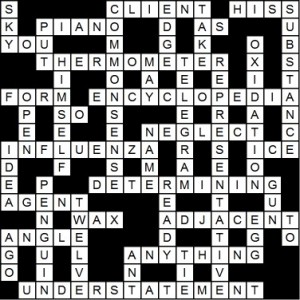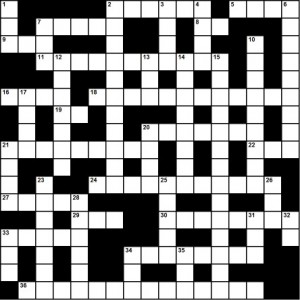In English there are three important “helper” verbs: be, have, and do. These verbs generally are not used alone, but they are usually used together with other verbs in various forms.
be (am / is / are // was / were) + V-ing:
“be” + V-ing is used for the present continuous form.
“was / were” + V-ing is used for the past continuous form.
We’ve already looked at this some, so here we’ll just give a few examples as a quick review:
Examples:
It’s snowing right now.
Shhh! The baby’s sleeping!
Where’s Uncle John? He’s weeding in the garden.It was snowing yesterday when we walked to school.
The baby was sleeping, until you woke him up – thanks a lot!
Last time I saw him, Uncle John was painting the garage.
be (am / is / are // was / were) + past participle:
“be” + past participle is used for the simple present passive.
“was / were” + past participle is used for the simple past passive.
We’ve also just looked at these cases. Here are a few more examples:
Examples:
The beds are made each morning by the hotel’s cleaning staff.
Janey is excited to go on her first train trip.
I’m exhausted from running up and down the stairs.When we checked into our room, we saw that the beds were not made.
Peter was depressed to find out that he couldn’t go to summer camp this year.
When were you married?
have / has + past participle:
Recall that this is used for the present perfect:
Examples:
I’ve completed all my assignments, and done all the laundry.
He has always gone to Florida for Christmas vacation.
She’s lost her keys again!
Have you ever crossed the equator?
do / does / did + V (dictionary form):
“do / does” + V (dictionary form) is used for the simple present negative, and for questions.
“did” + V (dictionary form) is used for the simple past negative, and for questions.
Examples:
Do you often eat pizza?
He likes classical and jazz, but he doesn’t like rap.
What kind of movies do you usually watch?
I don’t think he will win the competition.
Did you ever see such a sight in your life as three blind mice?
What did you do last night?
I didn’t know that you were in the navy.
Exercises: Complete the sentences by choosing a verb from the list, and using its correct form.
Example:
The library was (build) in 1956. ==> The library was built in 1956.
do
expect
go
have
injure
make
paint
rain
think
wait
1. Where are you ______ ?
2. John ______ for the bus when his phone battery went dead.
3. They (not) ______ any bananas at the supermarket today.
4. The doctor (not) ______ the operation today – he’ll do it tomorrow.
5. Was it ______ when you woke up this morning?
6. He (not) ______ that Katy was telling the truth.
7. When was the room ______?
8. Ice cream is ______ from milk.
9. Jack was ______ when he was in the army.
10. Everybody was ______ the bad weather to come last night.



